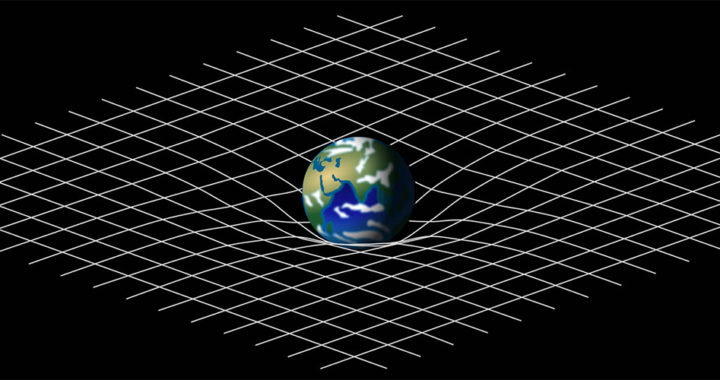Gravity or gravitation is a natural force responsible for bringing all things with energy—from stars and planets to light and subatomic particles—toward one another. The understanding of gravity, as well as its characteristics and associated phenomenon, has considerably evolved throughout the years.
From the Newtonian equation and the general relativity theory of Albert Einstein to the discovery of gravitational waves, the developments in the scientific history of gravity have demonstrated the relentless attempt to understand the universe.
As a Fundamental Force: Definition and Facts
Gravity is one of the four fundamental interactions or forces of nature alongside electromagnetic force, strong nuclear force, and weak nuclear force. It is specifically a force that attracts all objects in the universe.
Because of gravitation, varied types of matter clump together to form planets, moons, and stars. This same force is responsible for making planets orbit around the sun. Gravity also clumps together stars and other celestial objects together to form galaxies.
This is the same force that attracts a body toward the center of the Earth. It keeps a stationary object on the ground. Gravity essentially holds everything close to the surface of a more massive object such as Earth.
Mass plays a critical role in gravitation. More mass means more gravity. Things that have a lot of matter or more massive, such as planets and stars, have a stronger gravitational pull. But distance also plays a critical role. The strength of the gravitational pull also depends on how far an object is from another more massive object. The nearer an object to another more massive object, the stronger the gravitational pull.
The Four Basic Characteristics of Gravity
Gravity has several characteristics that set it apart from other fundamental interactions. First is that it is universal. Gravitation affects all forms of matter and energy in essentially the same way. Other fundamental interactions affect only particular types of particles. For example, electromagnetic force affects only charged particles.
The second characteristic of gravity is that it is always attractive. This is because it interacts with mass and energy, both of which are always positive. Electromagnetism, on the other hand, can attract or repel depending on the charge of the particles.
Long-range interaction is the third characteristic of gravity. Gravitation affects matter and energy, even if there is a considerable distance between them. Electromagnetism is also a long-range interaction. On the contrary, weak and strong nuclear forces only affect distance the size of an atomic nucleus.
The fourth characteristic of gravity is that it is the weakest of the four fundamental interactions. Gravitation has a negligible effect on elementary particles. The attractive force between a proton and an electron due to electromagnetism is several leaps greater than gravity. However, because gravitation is a long-range attractive force affecting all matter and energy, it is considered a dominant force in nature.
Related Concepts and Phenomena
The following are concepts and phenomena related to gravity:
• Gravitational collapse is a catastrophic phenomenon arising when the gravity of a massive object completely overwhelms all other forces.
• Gravitational lensing is a phenomenon involving the bending of light around a massive object allowing observers to view objects behind it. Observers first observed this during a total solar eclipse in May 1919.
• Gravitational redshift is the process by which electromagnetic radiation originating from a source that is in a gravitational field is reduced in frequency when observed in a region of a weaker gravitational field. Albert Einstein first proposed this while working on his general relativity theory.
• Gravitational time delay or time dilation is the difference of elapsed time between two events as measured by observers situated at varying distances from a gravitating mass. American astrophysicist Irwin Shapiro first predicted this using general relativity theory as a framework in 1966.
• Gravitational waves are ripples in the curvature of spacetime, which propagate as waves, traveling outward from the source. Einstein first predicted these waves in 1916 as part of his general relativity theory. Its detection using Laser Interferometer Gravitational-Wave Observatory or LIGO in September 2015 proved its existence.
